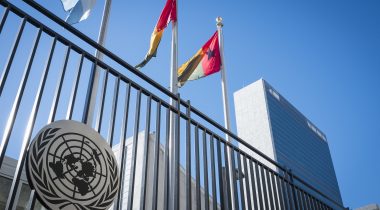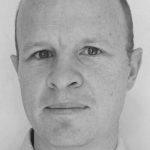
Nick Shaxson ■ Report: will top 1% have more wealth than the 99% in 2 years?
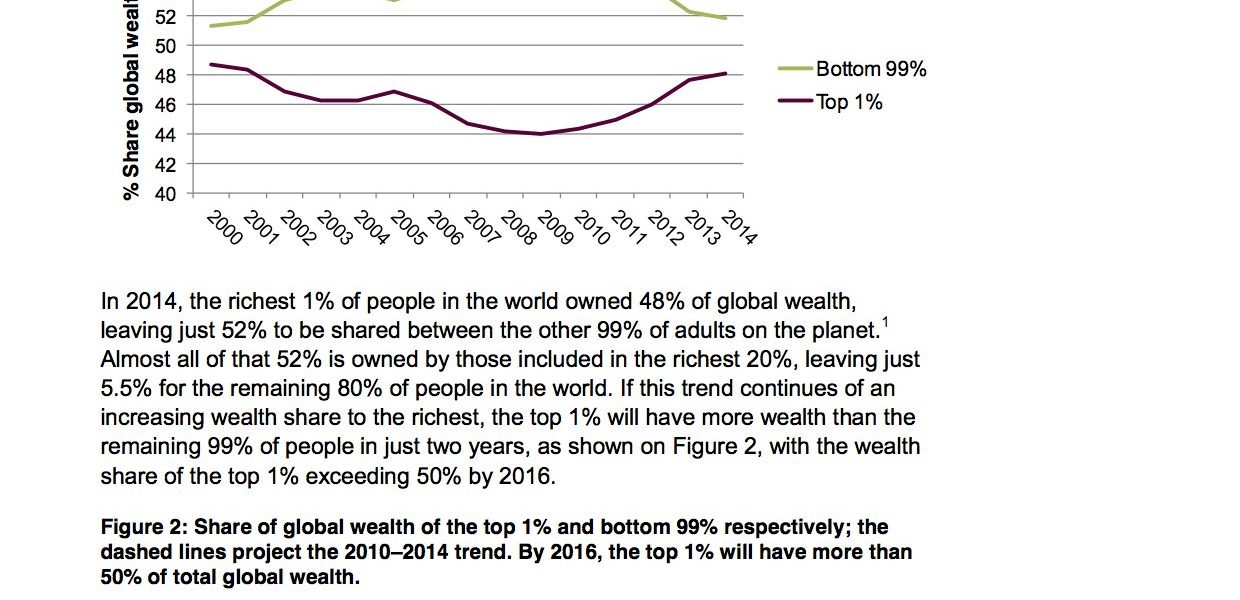
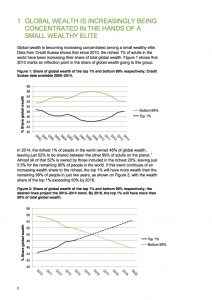 From Oxfam, a new briefing, based on updated Credit Suisse estimates. It contains the following factoids:
From Oxfam, a new briefing, based on updated Credit Suisse estimates. It contains the following factoids:
- In 2014, the richest 1% of people in the world owned 48% of global wealth
- Almost all of the remaining 52% is owned by the richest 20%, leaving just 5.5% for the remaining 80% of people in the world.
- On current trends, the top 1% will have more wealth than the remaining 99% of people in just two years.
- In 2010, the richest 80 people in the world had a net wealth of $1.3tn. By 2014, the 80 people who top the Forbes rich list had a collective wealth of $1.9tn; an increase of $600bn in just 4 years, or 50% in nominal terms.
- In March 2014, 20% of the richest 1,645 people on the Forbes rich list were listed as having interests or activities in, or relating to, the financial and insurance sectors. The finance sector spent more than $400m on lobbying in the USA alone in 2013, and $571m on campaign contributions in the 2012 election cycle. The two issues where most lobbying is reported against are the federal budget and appropriations and taxes.
- Between 2013 and 2014, billionaires listed as having interests and activities in the pharmaceutical and healthcare sectors saw the biggest increase in their collective wealth: a 47% rise from $170bn to $250bn. These sectors spent $487m on lobbying in the U.S. alone in 2013, and at least $50m a year in the EU.
The largest increase in wealth between 2013 and 2014 by a single pharma-related billionaire could pay the entire $1.17bn cost of lost output from Ebola to Guinea, Liberia and Sierra Leone in 2014–15, three times over.
You may remember our recent blog in which we noted:
“In his new book – Why We Can’t http://www.buyambienmed.com/ambien-online/ Afford the Rich (Policy Press) – Andrew Sayer examines the truly wealthy and finds that the higher you go up within the top 1%, in other words moving beyond the top paid professionals into the realm of high and ultra-high net worth individuals, the more likely it is that these people will be involved in the financial and property sectors, and the greater will be their reliance on unearned income from capital gains, dividends, stocks and shares, and other financial assets. They are also more likely to be predominantly men.”
The Oxfam report also notes, as the picture shows, a recent inflection point in 2010: before that year, the gap was narrowing slightly, whereas afterwards the trend (with Oxfam extrapolation) looks like this:
The report, furthermore, has recommendations, including these two, which are close to our core activities:
- Share the tax burden fairly to level the playing field. Specific commitments must include: shifting the tax burden away from labour and consumption and towards wealth, capital and income from these assets; transparency on tax incentives; national wealth taxes and exploration of a global wealth tax.
- Close international tax loopholes and fill holes in tax governance. Specific commitments must include: a reform process where developing countries participate on an equal footing, and a new global governance body for tax matters; public country-by-country reporting; public registries of beneficial ownership; multilateral automatic exchange of tax information including with developing countries that can?t reciprocate; stopping the use of tax havens, including through a blacklist and sanctions; making companies pay based on their real economic activity.
And don’t forget our report entitled Inequality: you don’t know the half of it. In general terms, the inequality studies are underestimating the scale of the problem, because so much wealth is hidden, offshore.
Related articles

Ireland (again) in crosshairs of UN rights body
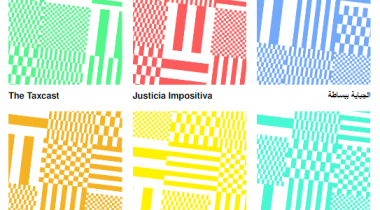
New Tax Justice Network podcast website launched!
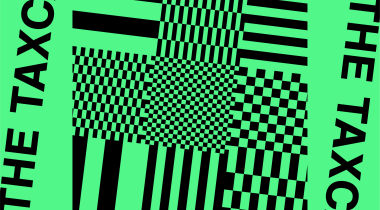
People power: the Tax Justice Network January 2024 podcast, the Taxcast

As a former schoolteacher, our students need us to fight for tax justice
Submission to the UN Special Rapporteur on extreme poverty and human rights’ call for input: “Eradicating poverty in a post-growth context: preparing for the next Development Goals”
17 January 2024
Submission to the Committee on Economic, Social Cultural Rights on the Fourth periodic report of the Republic of Ireland

The Corruption Diaries: our new weekly podcast

Tax Justice Network Arabic podcast #73: ملخص 2023

ESCOLA DE HERÓIS TRIBUTÁRIOS #56: the Tax Justice Network Portuguese podcast
